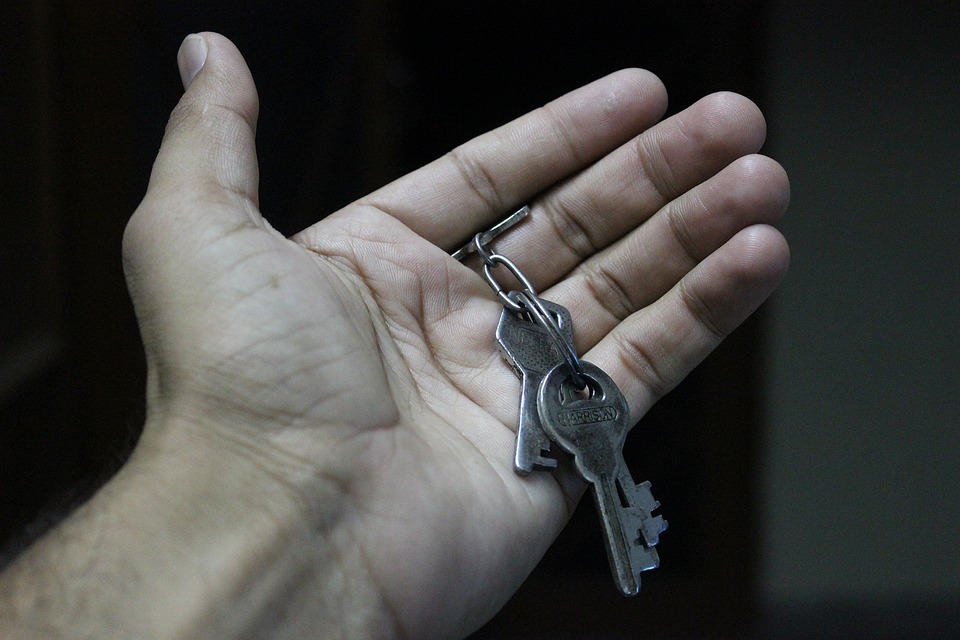Title: Cross-Cultural Connections: How Social Media Bridges Global Differences
Introduction
In an increasingly globalized world, social media has proven to be an extraordinary tool for bridging cultural barriers and fostering cross-cultural connections. Over the past decade, platforms like Facebook, Twitter, Instagram, and others have connected nearly 4.5 billion people worldwide, allowing for the exchange of ideas, thoughts, and experiences across borders.
These connections have revolutionized the way we communicate, learn, and empathize, especially by providing platforms where people can share their stories, traditions, and beliefs. As a result, social media has not only become a melting pot of cultures but also a powerful catalyst for cross-cultural understanding and harmony.
How Social Media Bridges Cultural Differences
The primary role of social media in bridging cultural differences lies in its ability to promote dialogue and exchange:
1. Communication: Social media enables real-time communication between individuals from different corners of the world, thus paving the way for cultural exchange. Users can chat, share images, and engage in video calls, making friendships and collaborations possible on a global scale.
2. Cultural Representation: Platforms like Instagram and YouTube have given people the means to showcase their cultural heritage, creating a vast virtual library of diverse traditions, foods, dances, and art forms. These forms of cultural representation promote understanding, respect, and appreciation for different lifestyles.
3. Awareness and Education: Social media helps to disseminate information about different cultures, thus educating its users about global issues, beliefs, and customs. Various NGOs, storytellers, and activists use social media to highlight cultural idiosyncrasies, experiences, and challenges faced by communities worldwide.
4. Virtual Collaborations: Platforms like Facebook and Twitter facilitate collaboration and cooperation across cultures, whether it’s with friends from different countries, study groups, or communities pooling resources for social and humanitarian causes.
5. Cultural Sensitivity: Social media challenges stereotypes by providing platforms for people to experience and understand the nuanced variations within cultures. In doing so, it fosters a more inclusive and empathetic global society.
Image: [A global map showcasing the extensive reach of social media platforms, highlighting its connection to various cultures around the world.]
FAQs about Cross-Cultural Connections on Social Media
Q1: Is there an age limit for partaking in cross-cultural connections on social media?
A1: While most social media platforms require users to be 13 years or older to create an account, there are platforms that cater to a younger audience. However, it is essential to have parental guidance and be mindful of online safety when engaged in activities that involve cross-cultural exchanges.
Q2: How can we ensure we respect and understand different cultures when engaging with them on social media?
A2: While sharing and learning about different cultures, you should always approach it with an open mind, respect, and empathy. When in doubt, it’s best to ask questions rather than making assumptions. Remember that a single account does not represent an entire culture, so try to avoid generalizations.
Q3: How can language barriers be overcome when connecting with people from other cultures?
A3: Many social media platforms have translation features allowing users to communicate in different languages. Additionally, there are tools and apps that help with quick language translation. Learning basic phrases in someone’s language also goes a long way in fostering connections and showing respect.
Q4: How can I use social media to positively promote cross-cultural understanding and harmony?
A4: You can use social media to share stories, art, music, and other cultural aspects with your friends or simply engage with people from different cultures. Your openness and willingness to understand their culture can help cultivate a sense of global harmony.
In conclusion, social media serves as an invaluable conduit for cross-cultural connections, enabling users to embrace their differences, learn from each other, and foster global harmony. In today’s world, social media’s ability to bridge cultural gaps can significantly contribute to creating a more understanding, accepting, and empathic global society.



